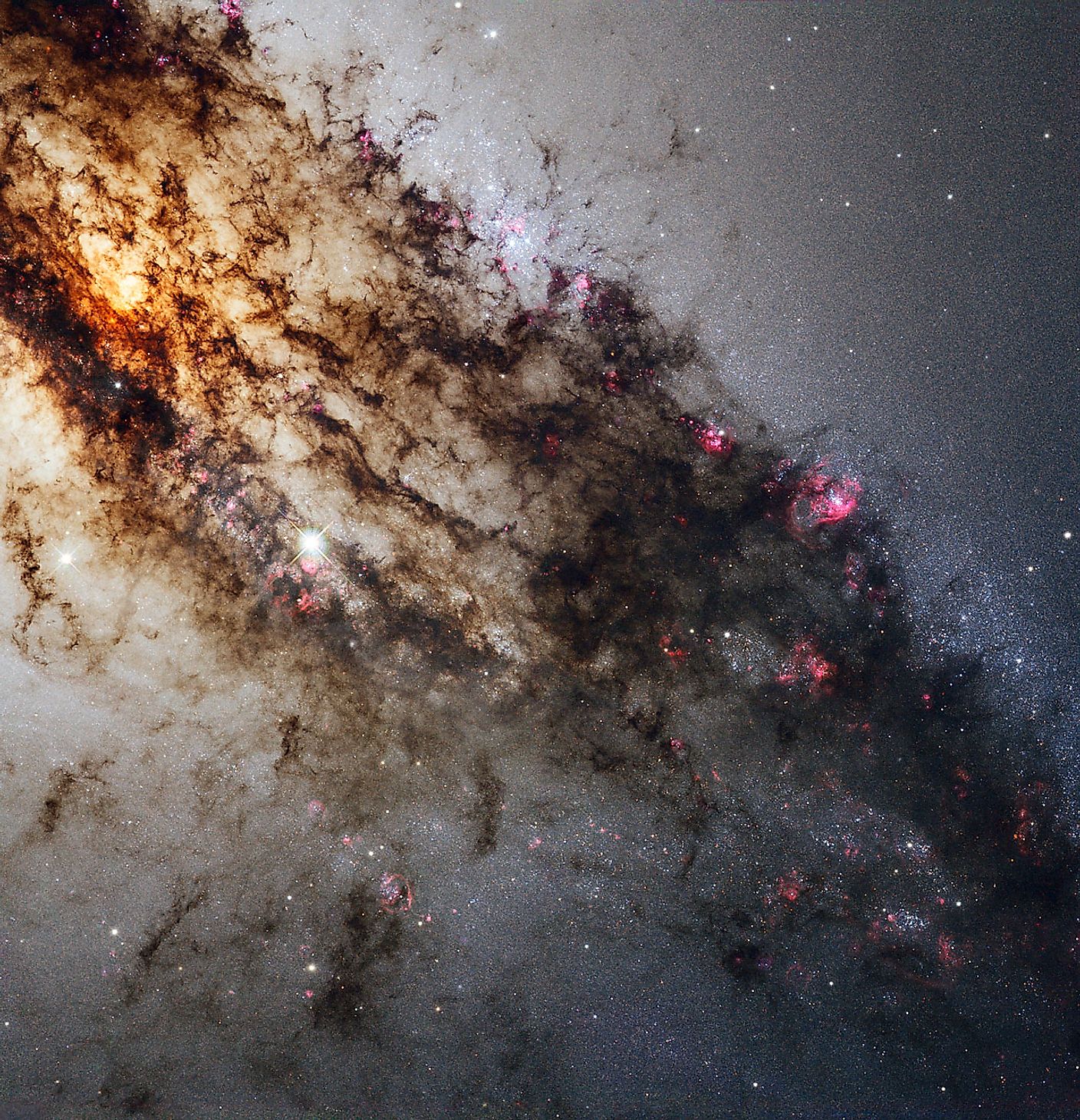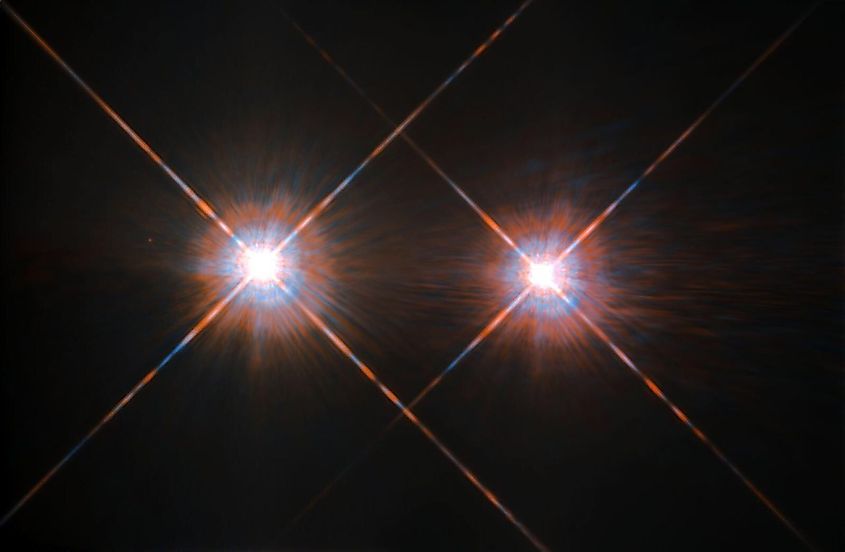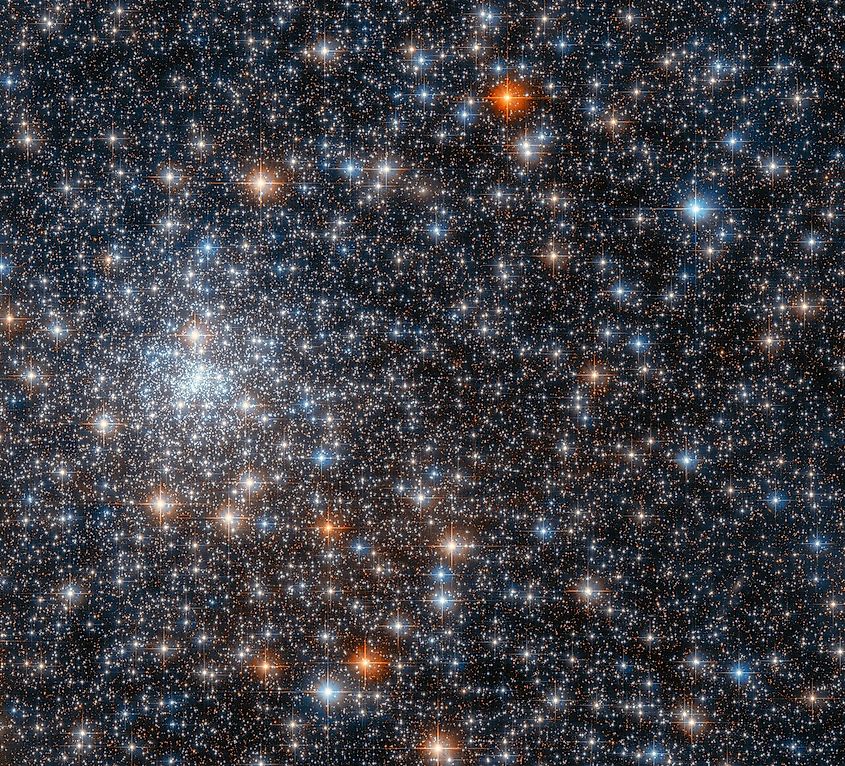
How Are Stars Weighed?
The sun was the first star whose mass was calculated by scientists. The method for determining the sun’s mass is fairly straightforward, and involves knowing the Earth’s orbital size and orbital period. By knowing the distance between the Earth and sun, and how fast the Earth moves around the sun, astronomers can determine the strength of the gravitational pull the sun exerts on the Earth. By knowing the strength of the sun’s gravity, astronomers can then determine how massive the sun is. The sun is approximately 333,000 times more massive than Earth. However, for stars that are so far away they have no interaction with our world, how do astronomers determine their mass?
Binary Systems

Although the sun is generally referred to as a typical star, there is one thing about it that makes it unique among most stars. Namely, that the sun is alone, with no other stars within its vicinity. Most of the stars in the universe exist in groups of two or more, referred to as either binary star systems, multiple star systems, or star star clusters. Like how the mass of the sun can be determined by its gravitational influence on the planets, the mass of a star can be determined if it exists in a system of multiple stars. For example, when two stars exist in a binary system, they will orbit each other. By knowing the size of their orbit and their orbital period, astronomers can calculate their mass in much the same way the sun’s mass is calculated. This method works well for binary systems that are close to our solar system, yet it becomes less reliable the further away the system is.
Far Binary Systems

When a binary star system is very far away, the combined light from two stars will appear as one, making it look like a single star when seen from Earth. In order to determine the mass of far away stars, astronomers use spectroscopy. Spectroscopy is the study of starlight, wherein a spectroscope splits starlight into its constituent colors. By analyzing the light of a star, astronomers can actually determine how fast they are moving by analyzing the red-shift of those stars. When a star is moving towards us, the light it emits will be compressed and blue-shifted, and if it is moving away from us, the light it emits will be stretched and red-shifted. By analyzing starlight, astronomers can determine the red-shift of that starlight, and in turn know how fast that star is moving. In a binary system, the speed of both stars can be determine with spectroscopy, and thus the mass of the stars can also be determined.
What About Stars That Are Alone?

Determining the mass of a star that is alone and not orbited by another star is near impossible to determine. Rather, to estimate their mass, astronomers determine the mass of stars that are nearly identical that happen to exist in a binary system. Stars of the same class will generally have very similar masses, and so by knowing the mass of one, astronomers can roughly estimate the mass of other stars in that same class.











